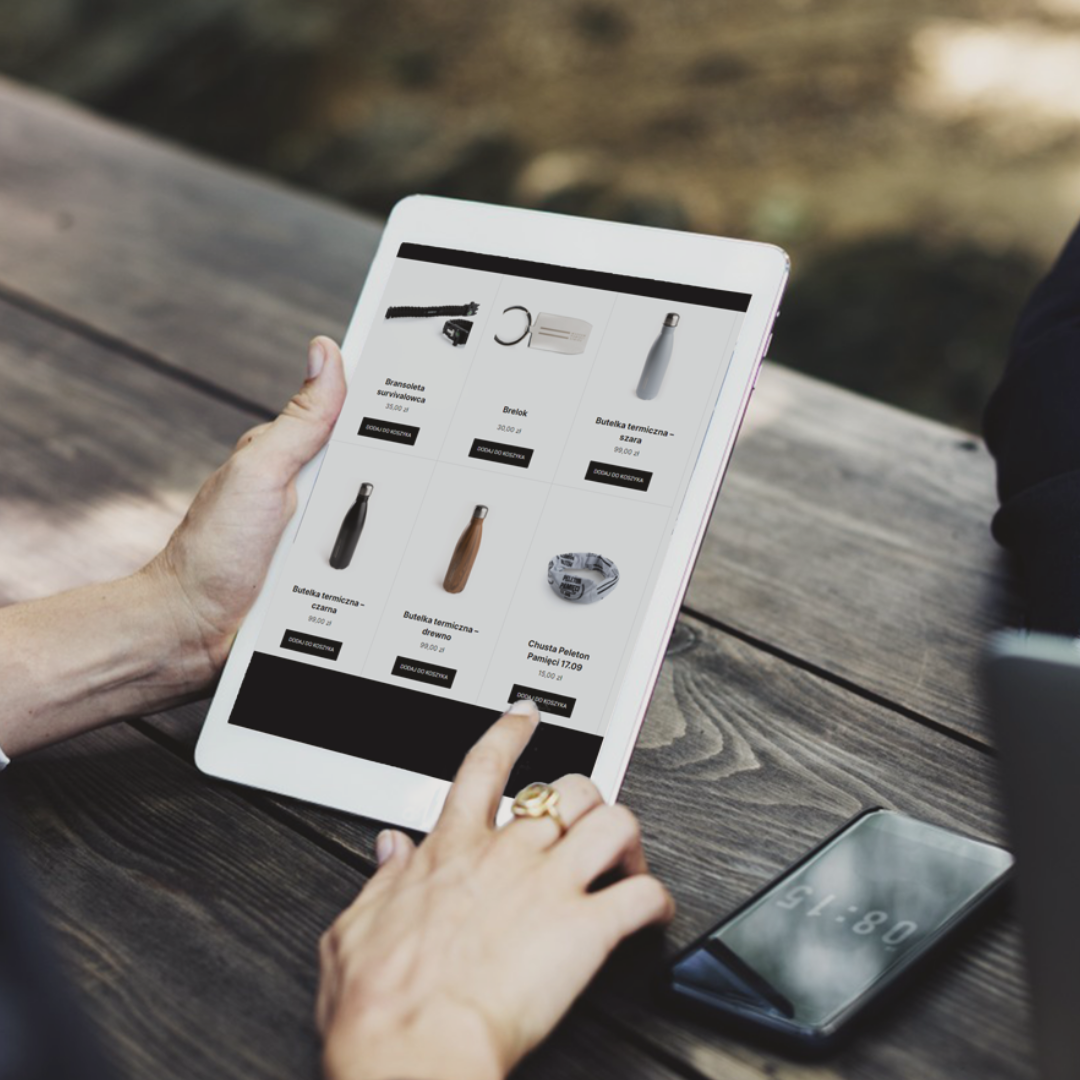On Tuesday, March 7, at 10.00 am, we presented exhibits that are in the collection of the Sybir Memorial Museum thanks to the generosity of Barbara Stryjak, daughter of Hilaria Borowska, who lives in Great Britain.
Hilaria Borowska was born on July 12, 1913 in Bialystok and lived there with her family when World War II broke out and the Red Army soon entered. In June 1941, the Soviets arrested Hilaria’s mother, Maria, and deported to Siberia. Hilaria herself was not present at the time, but she did not escape the same fate. The hiding woman was found by the NKVD thanks to a denunciation.
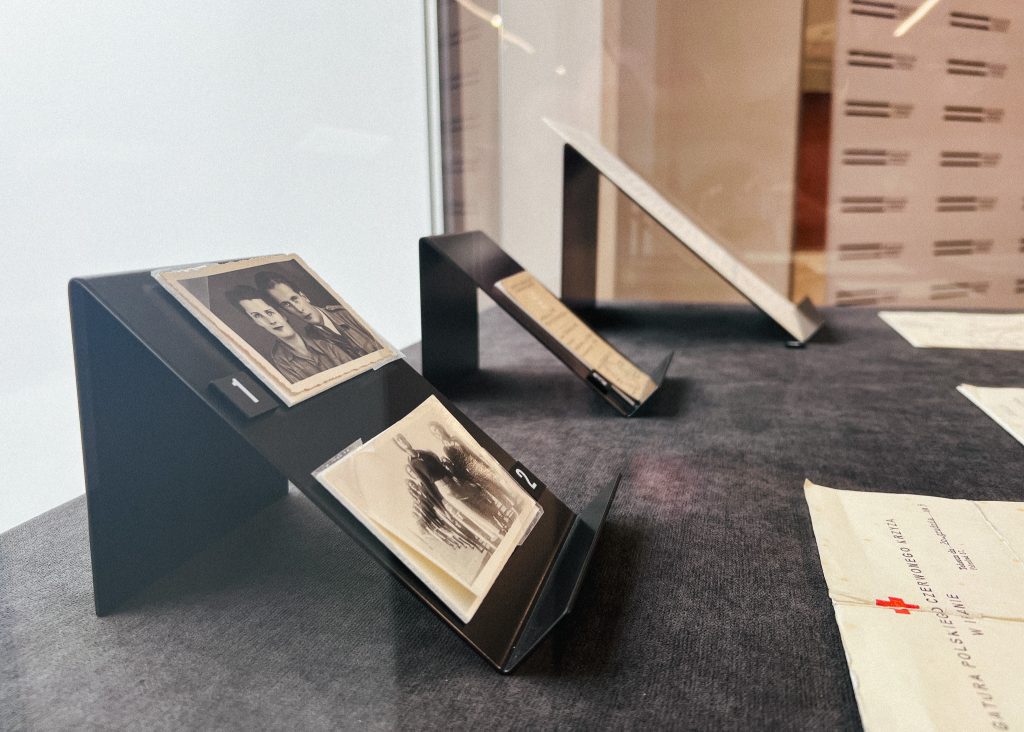
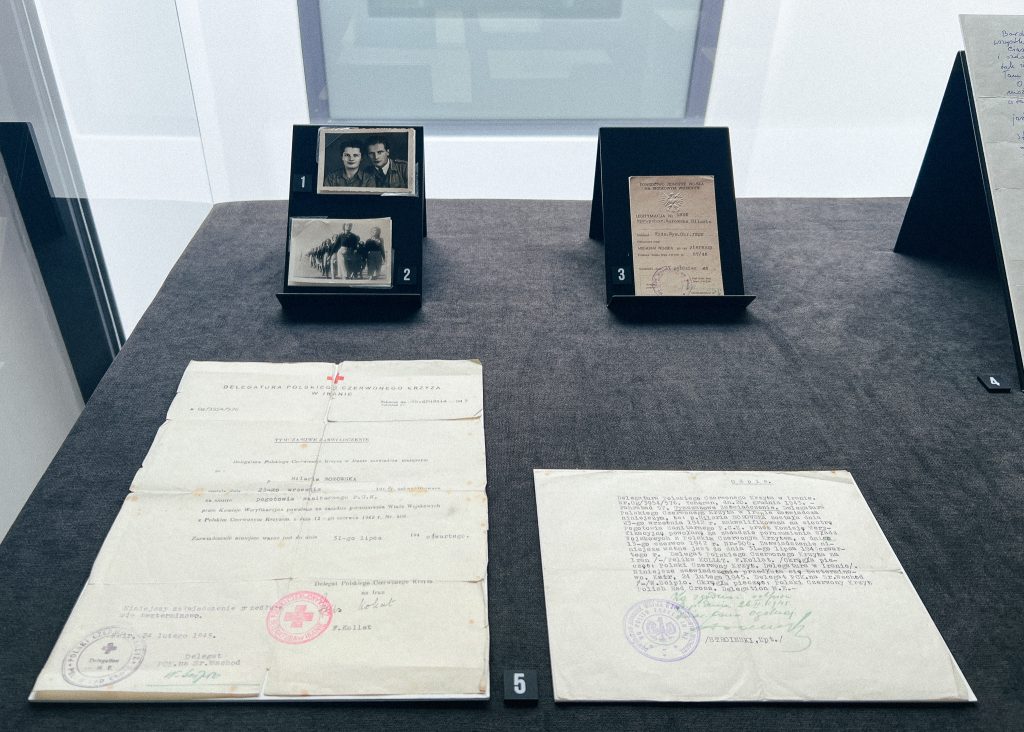
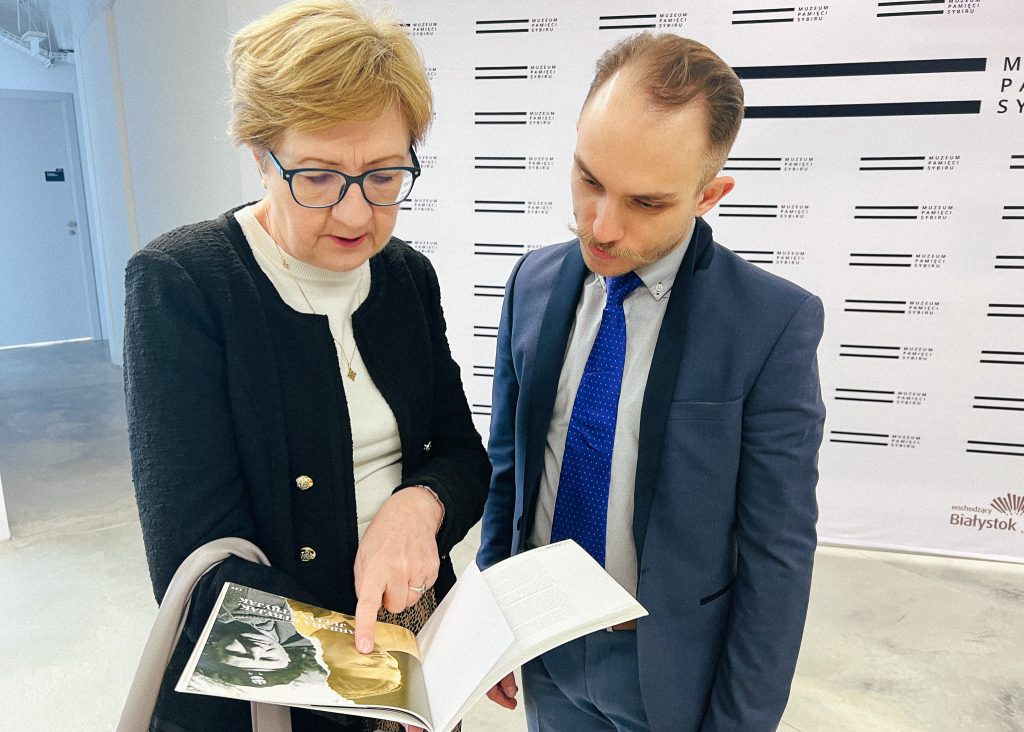
Hilaria Borowska went to Omsk, and then to Tara. The Soviet terror did not spare her brother Tadeusz, who was arrested already in 1939 for trying to escape from Poland, imprisoned in Stanisławów, and then transported to Uchta.
When in August 1941 the Soviets announced an “amnesty” for Polish citizens, Hilaria regained her freedom and joined the Polish army, which was being formed in the Soviet Union under the command of General Władysław Anders, and together with it evacuated in 1942 from the “inhuman land” to Iran. There she met her brother, Tadeusz.
Hilaria Borowska went the combat trail of the so-called Anders’ Army, acting in the Women’s Auxiliary Service. After the war, she went to Great Britain, where she lived and met her future husband, Julian Stryjak, a Polish soldier taken prisoner by the Germans in September 1939.
The evidence of this extraordinary Siberian journey through the world are the souvenirs that can be seen in March at the Sybir Memorial Museum. These include a photo of Hilaria and Tadeusz Borowski, taken in 1943 in Tehran, a certificate from the Delegation of the Polish Red Cross in Iran, and a certificate of decoration issued in 1946 in Qassasin.
A very personal testimony is the letter sent by Hilaria from Manchester in 1975 to her daughter Barbara, who decided to visit the places where her mother used to stay. Hilaria attached to the correspondence a hand-drawn map of the route she had followed with Anders’ Army.
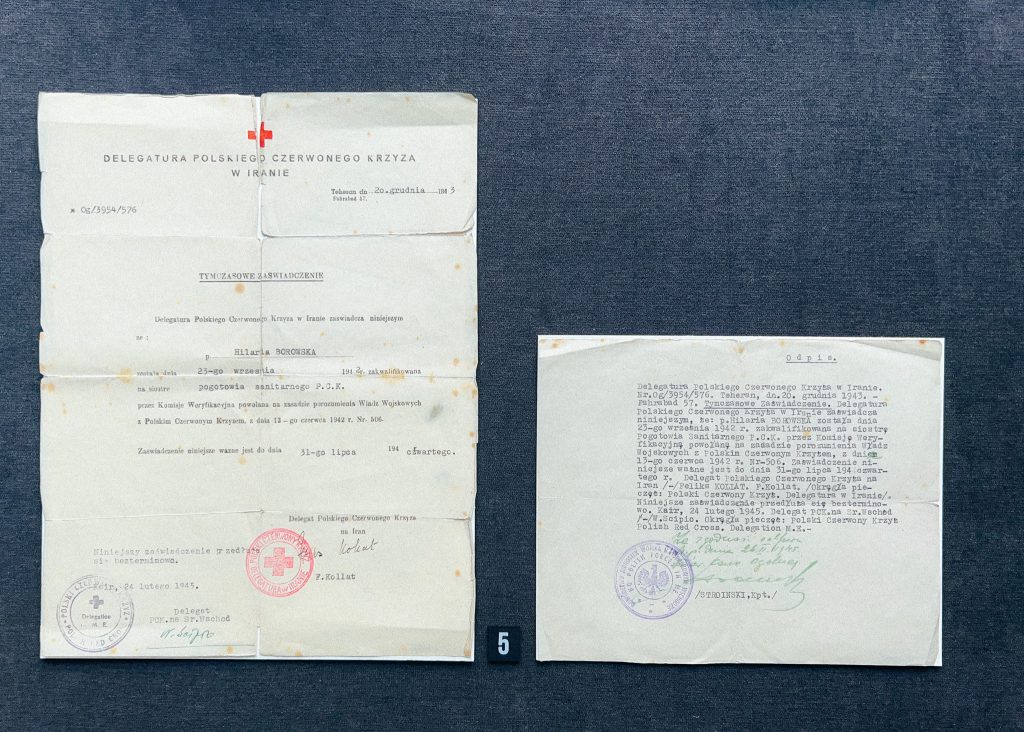
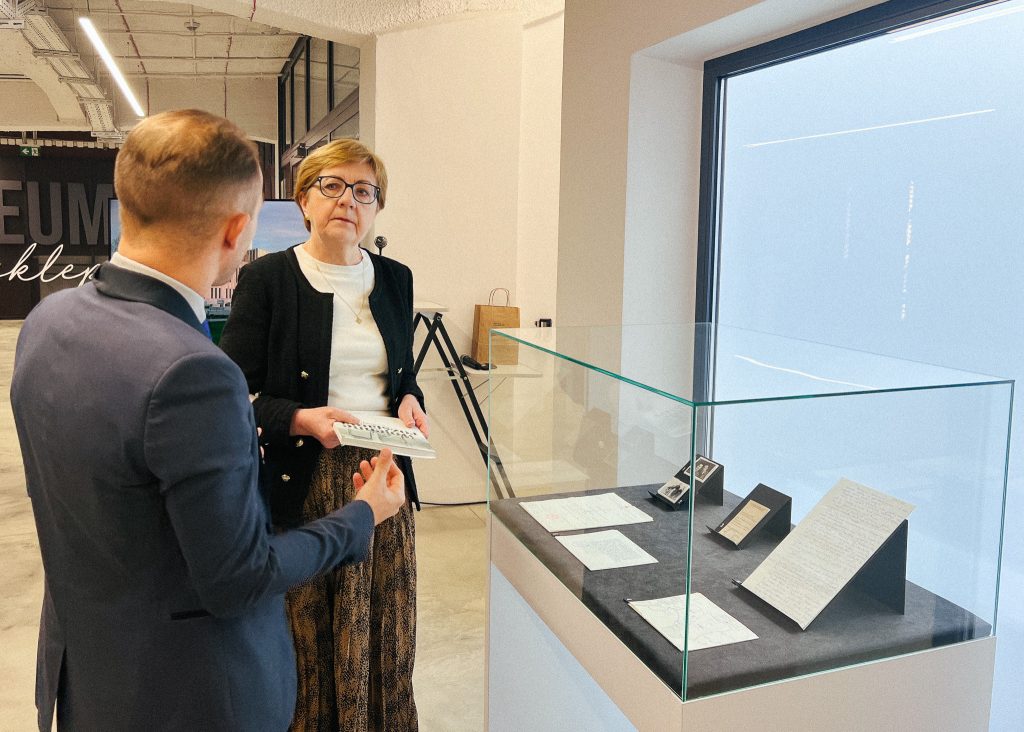
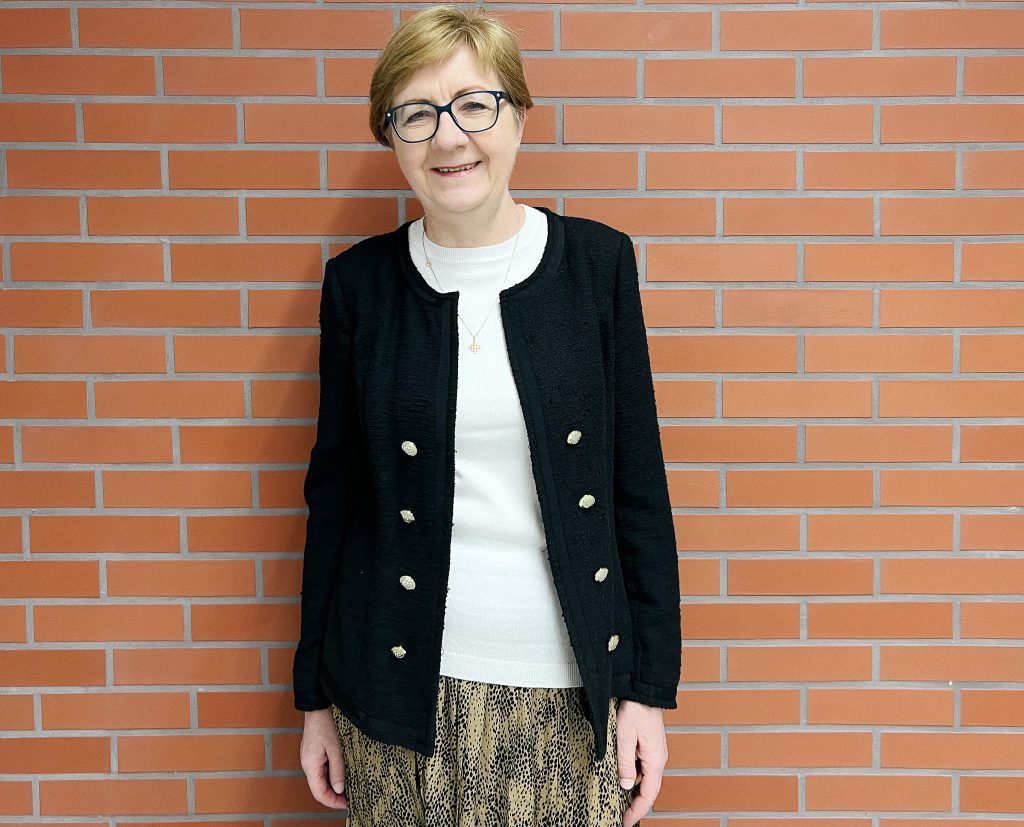
During the inauguration of the Exhibit of the Month, we connected via the Internet with our donor.
– Mom (Hilaria Borowska) said that she was deported to Siberia in the last transport. They rode in cattle cars. She recalled that soon the first bombs began to fall on the route. My mother was in the town of Tara near Omsk, which is north of Kazakhstan. She was the only girl there, there were only mothers. Mom arrived in Tara in July 1941. In spring 1942, she went to Omsk to get food, clothes and fuel for these families, for mothers with children. Tara is 300 km from Omsk, so I don’t know how she got there. On the way to this town, she found out that the so-called Anders Army. Mom had to make a difficult decision – whether to return to Tara and be there with her families, or whether she should try to reach Anders’ Army. Mom said she’d try to get into the army. She didn’t have passes, she didn’t have a ticket, people helped her a lot. — said Barbara Stryjak. She finally made it. She joined the Anders Army. Then the last transport reached Pehlewi (today’s Iran). She said that she had nothing with her, but she was the happiest person in the world because she managed to escape this hell. she added.
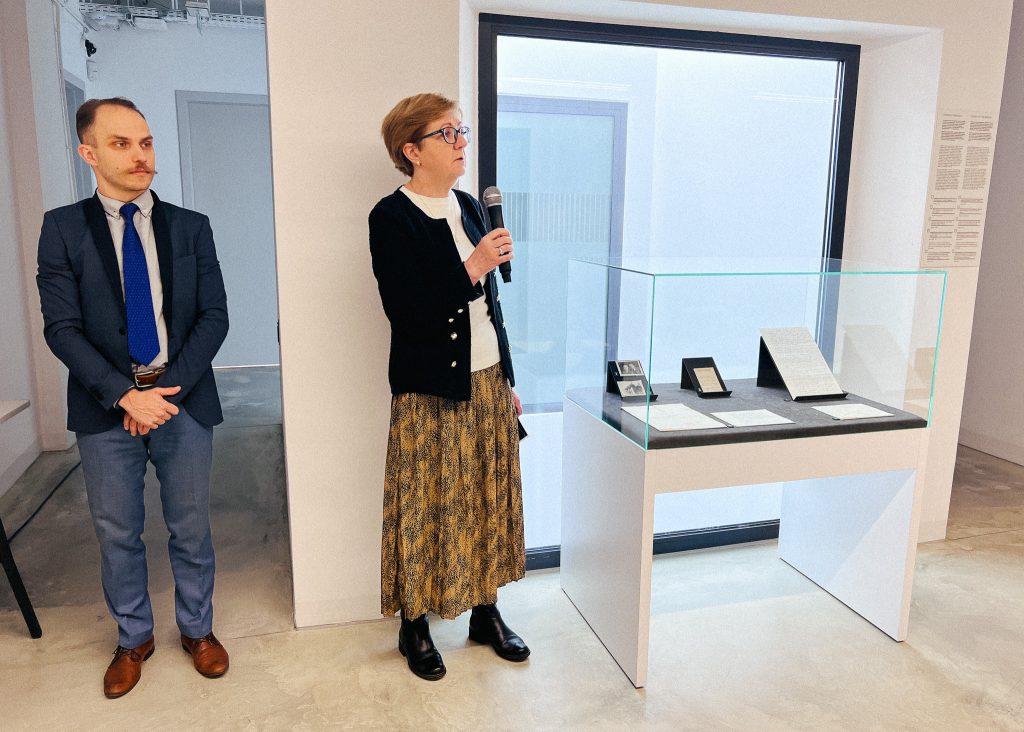
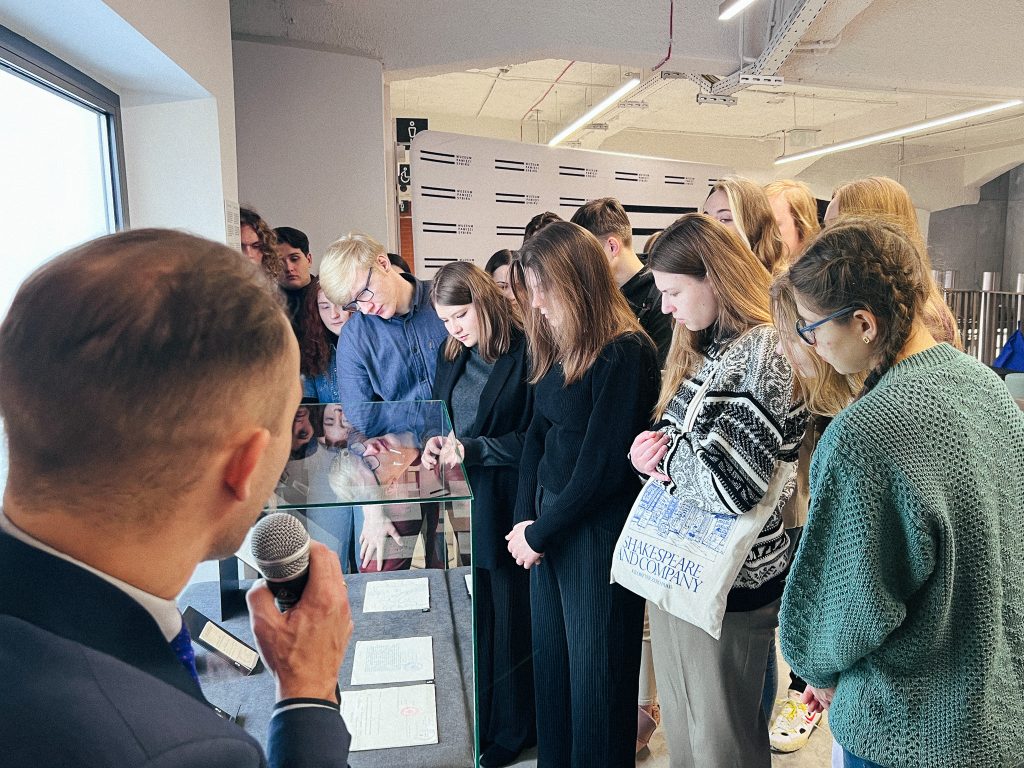
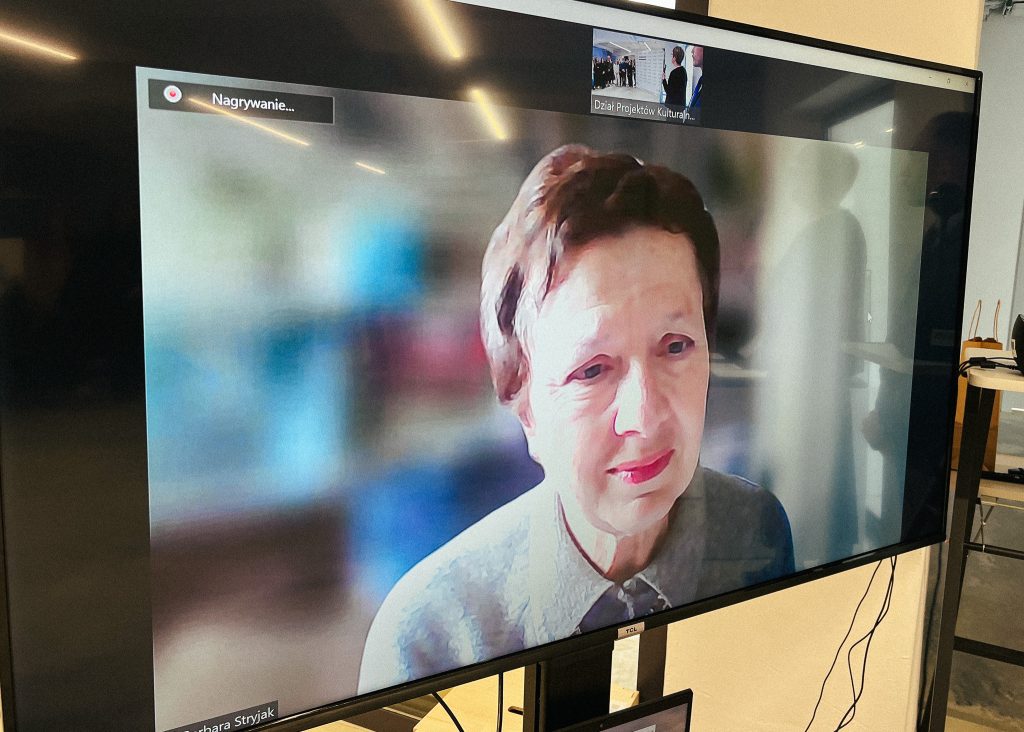
At the same time, we hosted Maria Borkowska, niece of Hilaria Borowska, at the Museum. — I am pleased that during today’s event there are young people who are interested in those years. Thank you for organizing this Museum, because if it wasn’t for such institutions, I think that the next generations would know little about history. My family comes from Bialystok, Mazowiecka Street. There were various reasons for deportations to Siberia, in our case the family was considered a dangerous element, because they had two houses on this street. It is 1940, my grandparents have two daughters — Hilaria and Maria, and a younger son, Tadeusz. The news that homeowners would be deported spread quickly, and my family expected it to happen. Maria and Hilaria decided to hide somewhere, then only their parents would stay at home. Their father was bedridden, his leg was in a cast, he needed round-the-clock care, he did not get up at all, so they hoped that they might leave these parents (my grandparents) behind. Unfortunately this did not happen. On June 17, 1941, they came and took Maria Borowska (my grandmother), who ended up in the vicinity of Bijsk. She worked there as a seamstress. She returned exactly after 5 years, in June 1946. We don’t know much about Grandma. Didn’t grandma want to tell? I don’t know. Grandma died when I was 4, I don’t remember her. My mother didn’t say anything else either. Borkowski said. Let me briefly tell you about Hilaria, my mother’s sister. When the sisters — Hilaria and Maria — came out of hiding, their mother was taken away, their father was left alone at home, they came home and the NKVD came immediately and took them to the office. The sisters guessed that they had been denounced by a Soviet girl who lived in their house. After spending a day in detention, it turned out that Hilaria was scheduled for deportation, and Maria, my mother, had to sign a commitment that when her father recovered, they would report for a trip to Siberia. That was the condition. Before the deportation, my mother’s sister took what was left at home. Mom was left without a crumb of bread. Mom had already given my sister a jug and a bowl. She also took ski boots, in June… The sisters met and said goodbye for exactly 30 years – she recalled.
Mementos of Hilaria Borowska can be seen in the upper hall of the Sybir Memorial Museum for a few more weeks. In April, exhibits related to another family of Museum donors will be presented at 1 Węglowa street.





